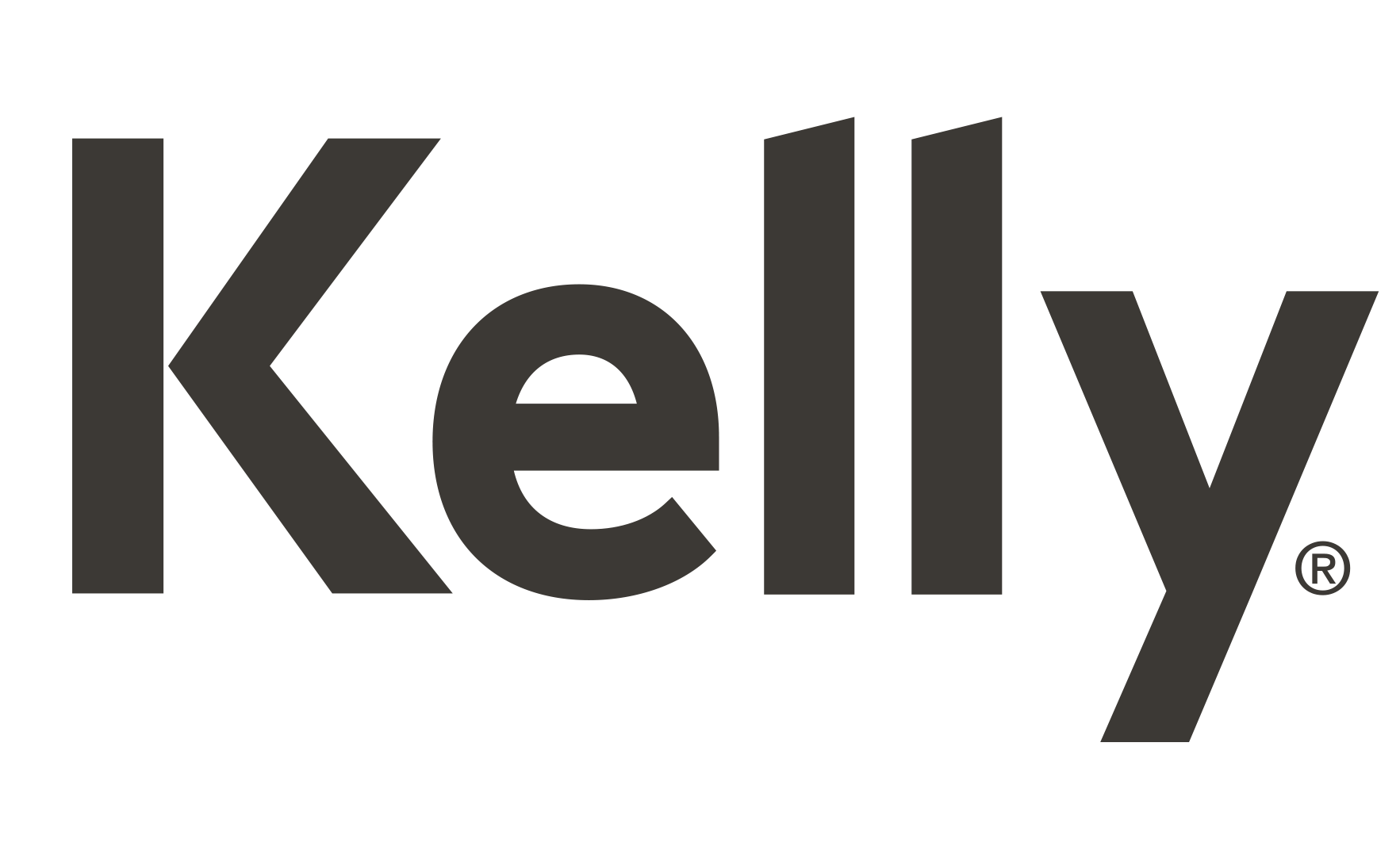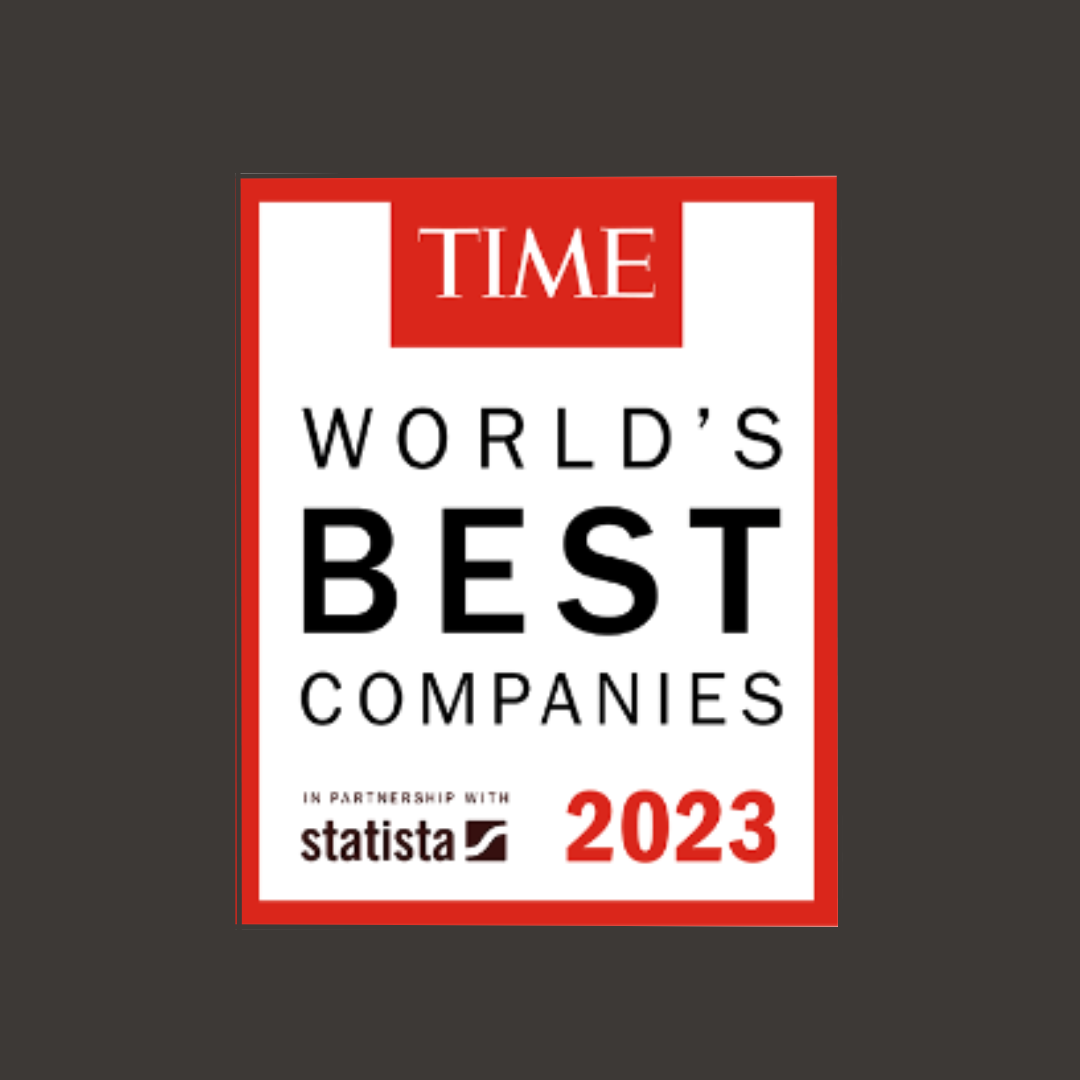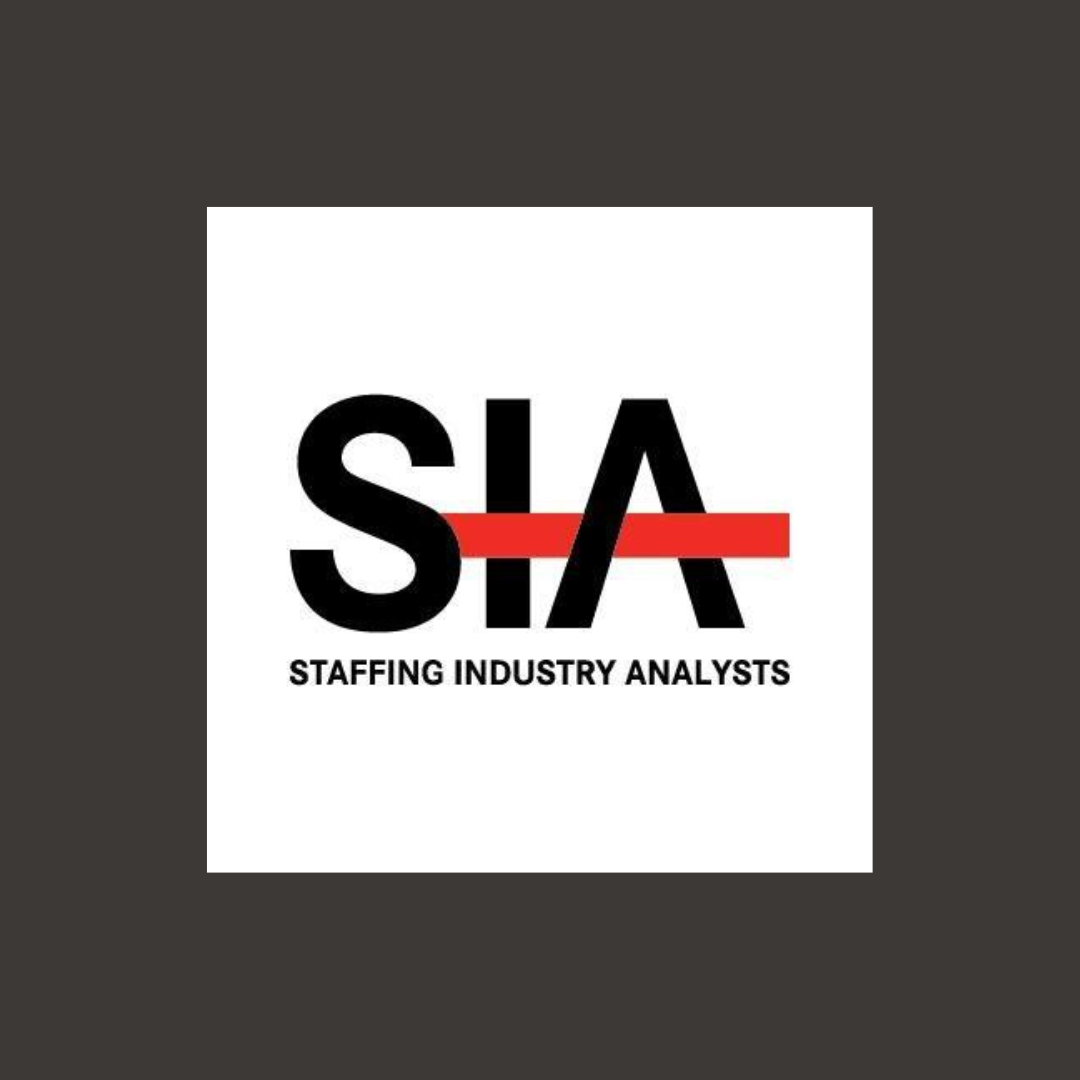
Current challenges and trends for recruitment in Life Sciences
Jan. 19, 2020
The world of work is changing rapidly and, as organizations throughout the European Life Sciences community develop, diversify and grow, there will continue to be accompanying resourcing implications. In an overview of the recent Deloitte report ‘2018 Global and US Life Sciences outlook’, it was stated: “With the arrival of the fourth industrial revolution, the Life Sciences sector continues to embark on a transformative technology journey. Companies, today, are preparing for the future by embracing these technologies and building a patient centric culture. Strategic alliances and new operating models are also contributing to overall growth in the sector.”
All these elements are impacting the ability to source talent within Life Sciences with the right combination of technical skills and industry experience. At the recent CMS Summit Europe for HR & Procurement professionals, the keynote speech covered AI, technology and robotics and the impact these are having on recruitment and talent management. As Franck Teboul, VP EMEA Operations Leader Life Sciences, who attended the summit, said, “Technology advances will continue to make the surrounding processes quicker, easier and more seamless but at the end of the day it is all about connecting people with work in ways that enrich their lives.”
Being open to new talent sources will be a differentiator
The 1998 McKinsey ‘War for Talent’ report investigated the challenges faced when attracting, developing and retaining top talent. Twenty years on, it is not just talent attraction but the need to source up-to-date skills too, such as experience of AI, as workers have no easy way to attain skills and experience to keep up to date in this and other rapidly emerging technologies. The same Deloitte report mentioned above also identifies some of the new Life Sciences leadership and data roles growing in importance to meet these advancements, such as chief data officer, chief innovation officer, chief patient officer and data protection officer.
In many cases where technological progress has replaced jobs within certain industries in the past, it has also created new roles and opportunities. The difference today is that a wide range of roles within Life Sciences are expected to be augmented, combining machine intelligence with human insight*. Some roles will fall by the way side while others need to be planned for as new tech continues to emerge.
This means there is fierce competition within Life Sciences for the talent that does possess the latest tech skills. But it doesn’t end with hiring them, once these individuals are recruited – companies also need to consider staff retention and be open to the way in which people want and now expect to deliver their work too. This article covers some top-level observations and in the coming months, we’ll be looking in more depth at some of these challenges in the constantly evolving world of Life Sciences.
Old challenges need new solutions
One solution is to develop existing talent – so organisations retain engaged employees with inside knowledge and relevant experience. The business investment is then not on sourcing talent with specific skills but on upskilling to ensure they can remain competitive and potentially also rectify any staff retention challenges too in a very candidate driven marketplace. This could mean training people for a job that may not even have been invented yet. Micro-learning and embedding learning opportunities into work processes are just two schools of thought here*.
If developing in-house talent is not an option, there may be a need to look within other industries to attract data, analytical, and AI talent. This is where the Gig economy has come into its own – it is just taking a while culturally for businesses to embrace the free agent workforce that now make up nearly a third of the world’s workforce.
Embracing the Gig Economy and the flexibility it offers
Kelly Services is a long-time advocate for the Gig economy and recently surveyed over 2,100 talent managers globally on this very subject. 80% of talent managers within EMEA hire Gig workers, and those with niche hard-to-fill roles tend to hire more, the Kelly report shows a significant 75% within Life Sciences. These organizations are yielding significant business results: greater cost savings, a stronger competitive advantage and better access to niche talent. Successful implementation does however require a shift in mindset, a more strategic approach and the establishment of operational processes to manage this very different style of workforce.
And for those who choose to work as free agents – it gives them greater flexibility, freedom ad control over their work-life balance, which explains why some of the best talent with those hard to source skills are now choosing to work this way. A win-win scenario for all it would seem.
The advent of technology has also had a huge impact on where people wish to work too with more and more wanting the flexibility to work from home. This is still a taboo subject for many organisations but a two-year Stanford University study shows the productivity boost that working remotely can offer. It offers definitive data that indicates it is time to embrace this way of working, although not 100% of the time as the research led Professor Nicholas Bloom to recommend a combination of at home and on-site work for the best results. It is of course not for every type of role within the Life Sciences arena but will cover a high percentage and offering remote working could open up the opportunity to work with a much wider talent pool too within Europe.
The importance of employer branding
Developed well, offering style of working could play a big part in ensuring companies are seen as progressive in their use of a flexible workforce, which brings us onto the subject of employer branding. According to LinkedIn, 80% of business leaders agree that employer branding has a significant impact on their ability to hire talent.
The importance of developing an employer brand to ensure an organisation is perceived as an attractive place to work, with a forward-thinking culture is paramount. Competition will continue to be fierce with Life Sciences, so communicating a company’s culture will be critical to attracting the right talent.
It is key to remember that an employer brand extends from the very beginning of a potential employee’s recruitment journey right through to successful induction when they join a business. For example, technology plus the immediacy and transparency of digital communications mean job seekers expect any transactions online to be rapid with immediate results.
“To improve is to change; to be perfect is to change often”**
In summary, organisations within Life Sciences across Europe need to become much more flexible in their recruitment and look at attracting and accepting talent from a much wider talent pool. To remain competitive in our rapidly changing world, they will need to embrace non-traditional ways of work being delivered by their workforce and lastly, be flexible in how their workforce is made up in terms of freelance and employed talent.









